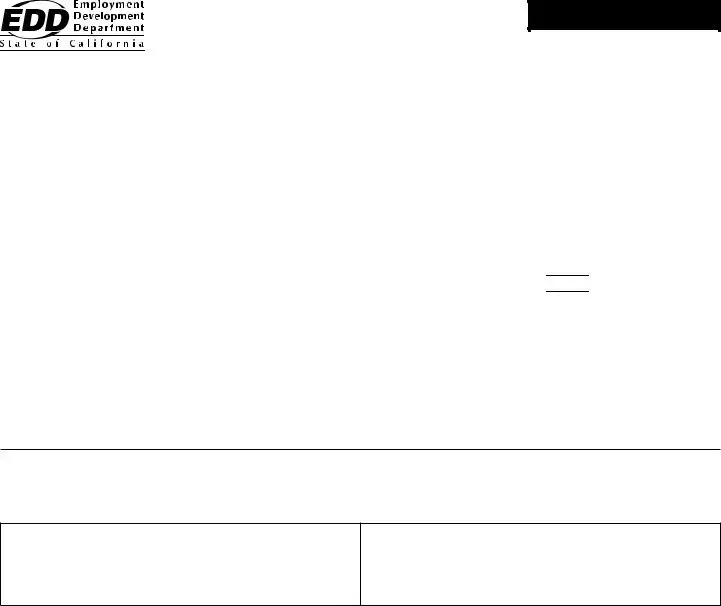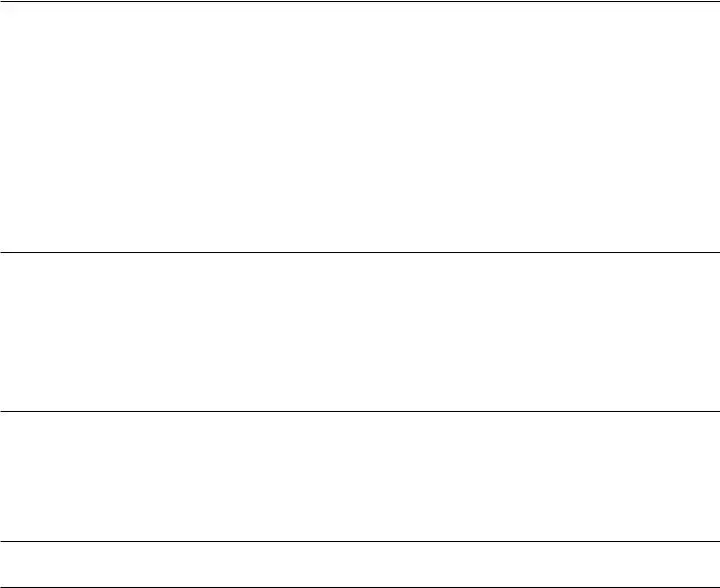The DE 4 form, known as the Employee's Withholding Allowance Certificate, is designed for California Personal Income Tax (PIT) withholding purposes. Its primary function is to help your employer withhold the correct amount of state income tax from your wages, ensuring that your tax obligations are accurately met throughout the year.
While both the DE 4 and the federal W-4 forms serve the purpose of determining tax withholdings, they apply to different levels of taxation. The DE 4 form is specifically for California state income tax withholding, and the W-4 form is used for federal income tax withholding. As of January 1, 2020, the federal W-4 form cannot be used for state withholding purposes in California.
In the absence of a completed DE 4 form, employers are required to withhold state income tax at the default status, which is "Single with Zero withholding allowances." This may result in a different withholding level than what might be suitable based on your actual tax situation.
Can I claim exemption from California state income tax withholding?
Yes, you may claim exempt from withholding California state income tax if you meet both of the following conditions: you did not owe any federal/state income tax last year, and you do not expect to owe any federal/state income tax this year. Remember, claiming exemption requires filing a new DE 4 form by February 15 each year to maintain your exempt status.
How do I determine the number of allowances to claim?
To determine your withholding allowances, you should complete Worksheet A on the DE 4 form considering factors such as your dependents, your filing status, and whether you plan to itemize deductions or claim adjustments to income. The total number of allowances from this worksheet is entered on line 1a of the DE 4 form.
What should I do if I have multiple jobs or if both my spouse and I work?
If you and your spouse both earn income or if you have more than one job, you might need to adjust your withholding allowances to avoid under-withholding. It's recommended to claim all allowances on the DE 4 form filed with the highest-paying job and claim zero allowances with the other(s). This strategy helps achieve more accurate withholding across all income sources.
Can I specify an additional amount to be withheld?
Yes, if you wish to have an additional amount withheld from your paycheck, you can specify this on line 2 of the DE 4 form, using Worksheet C to calculate this amount. However, your employer is not obligated to withhold this additional amount if they do not agree to do so.
It's a good practice to review and if necessary, update your DE 4 form annually or whenever significant life or financial changes occur. Such changes may include marriage, divorce, the birth of a child, or a change in income. This ensures your withholdings accurately reflect your current tax situation.
Filing a DE 4 form without reasonable basis, resulting in less tax being withheld than is properly due, may lead to a $500 fine. Additionally, supplying false or fraudulent information, or failing to supply information that would result in increased withholding, can result in criminal penalties.
For guidance on completing the DE 4 form, you can visit the California Franchise Tax Board (FTB) website at ftb.ca.gov, which offers resources and tools for estimating taxes. Additionally, the California Employer’s Guide (DE 44) provides detailed information on income tax withholding tables and can be accessed through the Employment Development Department's website at edd.ca.gov/Payroll_Taxes/Forms_and_Publications.htm.




